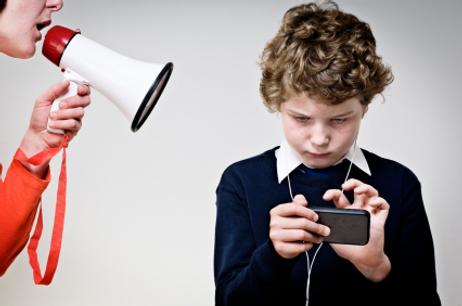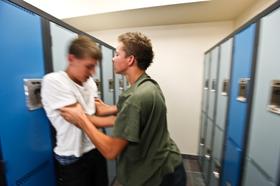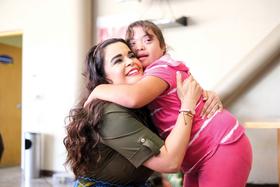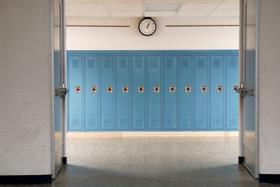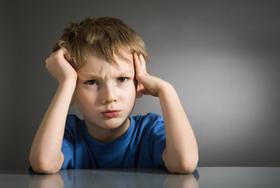This thought-provoking article delves into the complex world of controversial books on high school reading lists. Literature has long been a powerful tool for sparking discussions, challenging societal norms, and broadening perspectives. However, with the inclusion of contentious books in educational curricula comes a range of opinions and considerations that educators, parents, and students must grapple with.
Uncover the pros of introducing controversial literature to high school reading lists as we highlight how these books can stimulate critical thinking, foster empathy, and encourage open dialogue about sensitive issues. Analyze how exposure to diverse and challenging ideas can enrich students' intellectual growth, helping them develop a deeper understanding of complex themes.
Conversely, we will also explore the cons and concerns associated with controversial books in high school education. Investigate how some parents and educators may worry about age-appropriateness, potential discomfort, or conflict with personal values. Delve into the arguments for providing alternative viewpoints and ensuring that students have a well-rounded reading experience addressing various perspectives.
We shed light on the practical challenges and ethical considerations in selecting and teaching controversial books through interviews with educators, students, and literary experts. How do educators strike a balance between promoting critical thinking and respecting individual sensitivities? How can parents and school boards navigate the delicate line between intellectual freedom and age-appropriate content?
Join us as we engage in an insightful and nuanced examination of the benefits and drawbacks of including controversial books in high school reading lists. Gain a deeper appreciation for



